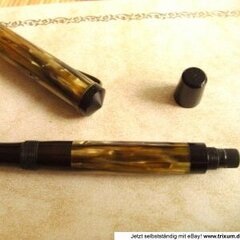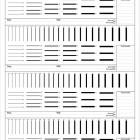Unnumbered Artist Proof Vs. Numbered Le
-
Forum Statistics
355.7k
Total Topics4.6m
Total Posts -
Member Statistics
128,571
Total Members18,857
Most OnlineNewest Member
Arieldsey
Joined -
Images
-
Albums
-
Pen Pics 3
- By K Singh,
- 0
- 0
- 43
-
Tintenlabor
- By yazeh,
- 0
- 0
- 14
-
Pics for posts
- By ZeroDukE,
- 0
- 0
- 19
-
dgc01
- By kestrel,
- 0
- 5
- 29
-
Pelikan Originals of their Time 1931 Gold (1997)
- By tacitus,
- 17
-

















.thumb.jpg.f07fa8de82f3c2bce9737ae64fbca314.jpg)



desaturated.thumb.gif.5cb70ef1e977aa313d11eea3616aba7d.gif)







Recommended Posts
Create an account or sign in to comment
You need to be a member in order to leave a comment
Create an account
Sign up for a new account in our community. It's easy!
Register a new accountSign in
Already have an account? Sign in here.
Sign In Now